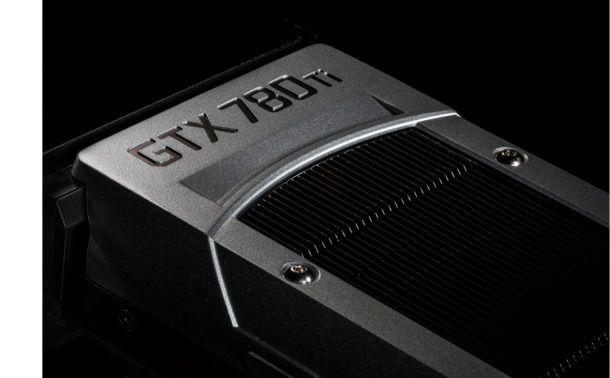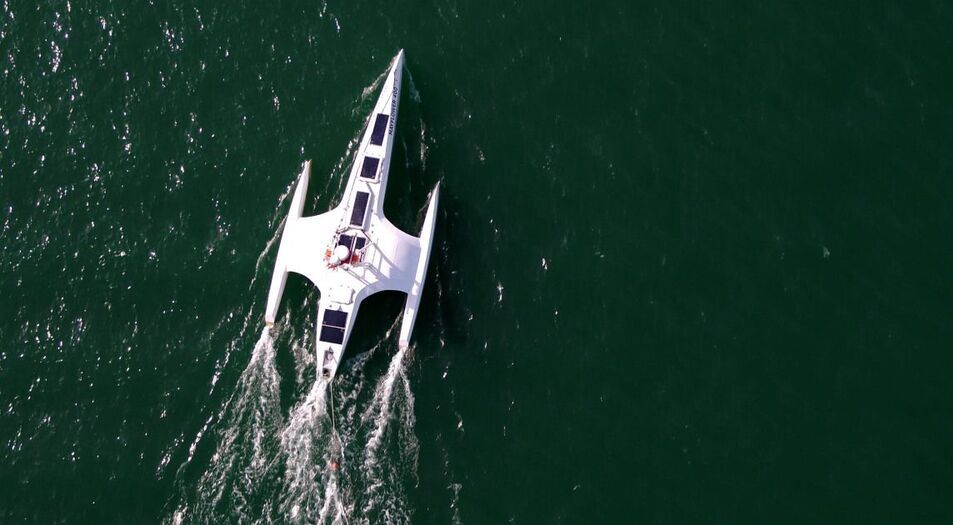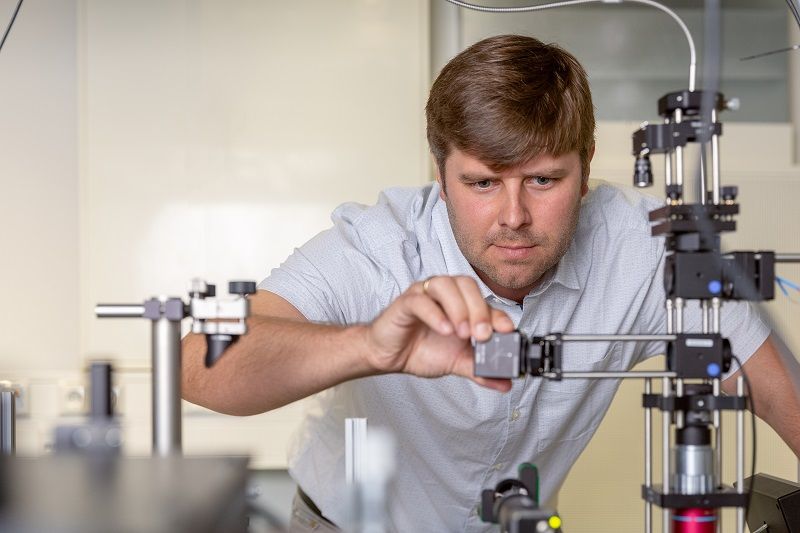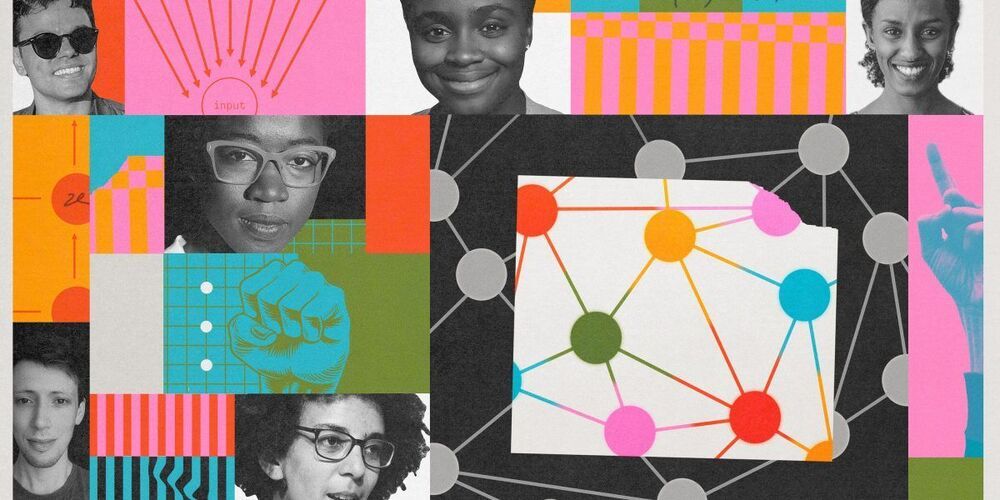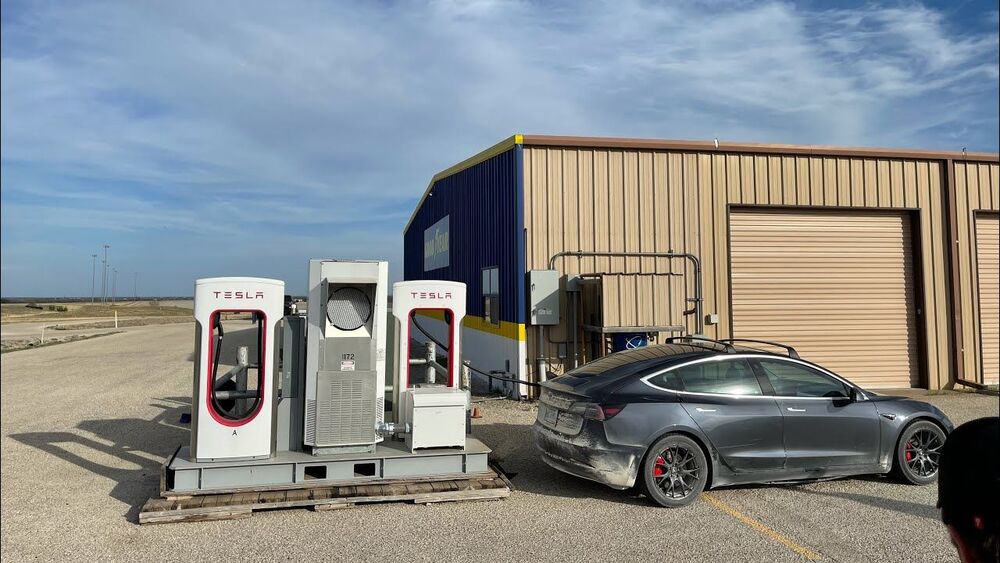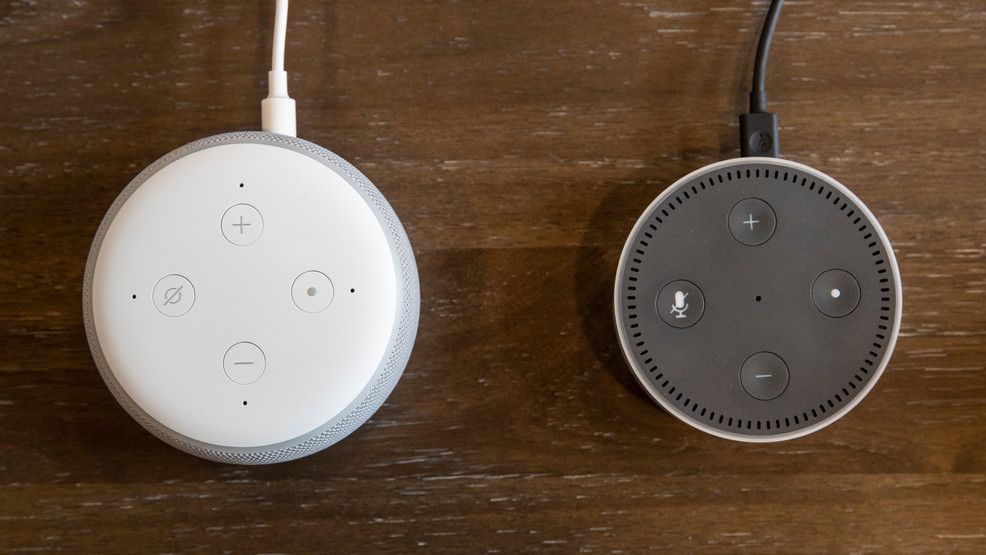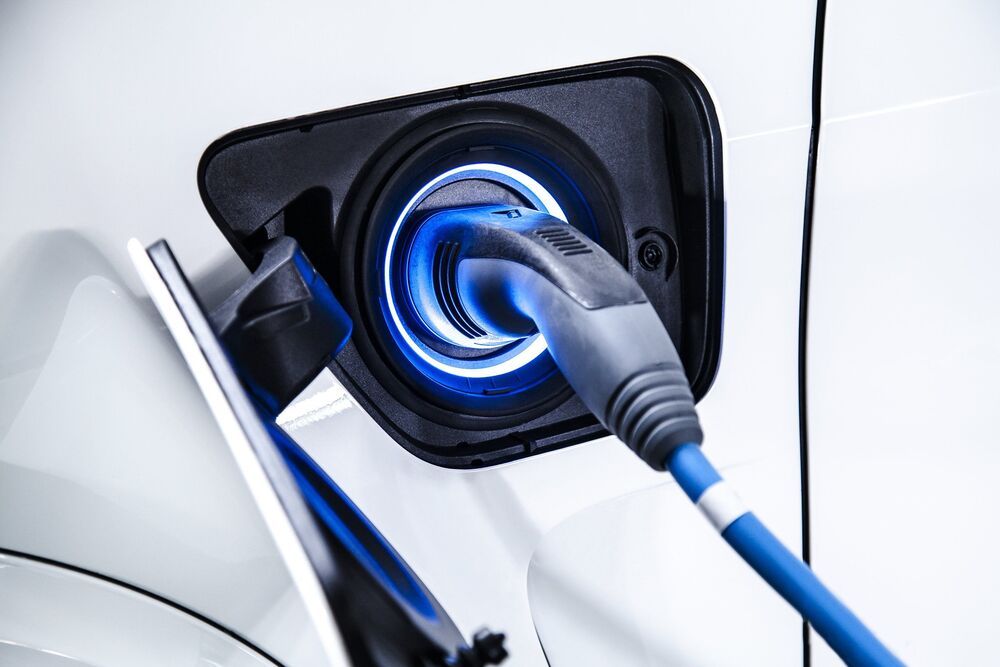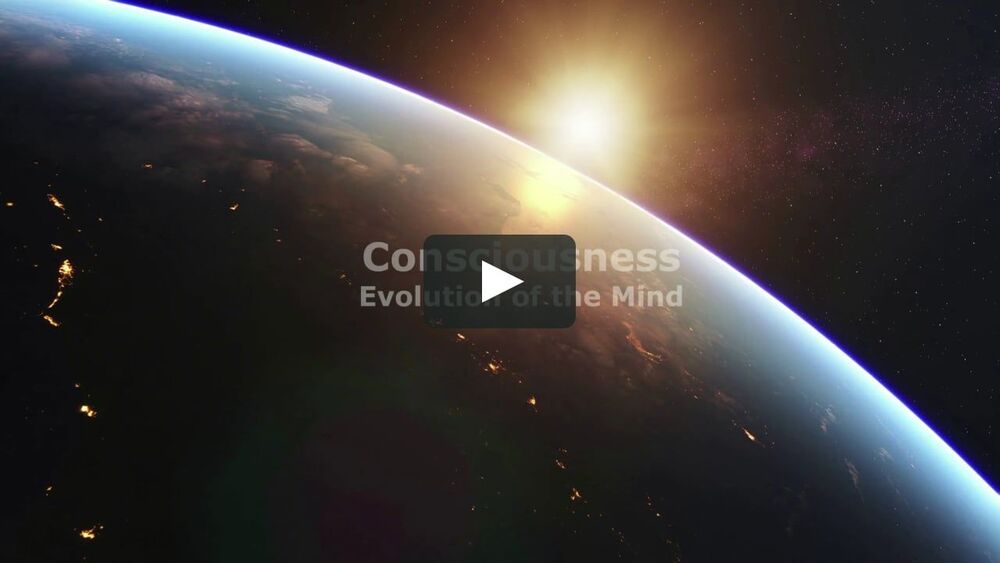NVIDIA released a low-key update on its plans for end-of-lifing cards based on the Kepler architecture. According to a new post on NVIDIA’s support site, Kepler cards like the GeForce GTX 780 Ti will no longer receive driver updates from August 2021 onwards.
The Tesla chief’s tweets about his homes come only a week after news outlet ProPublica reported that billionaires like Musk, along with Amazon’s Jeff Bezos and Berkshire Hathway CEO Warren Buffett paid little income tax relative to their outsize wealth.
Guys!
Posted in education, evolution, media & arts, neuroscience
I’m so thrilled to present to you my debut work in documentary filmmaking! You can now watch my new film Consciousness: Evolution of the Mind in its entirety on major networks, such as Vimeo on demand, worldwide.
*Based on my recent book The Syntellect Hypothesis: Five Paradigms of the Mind’s Evolution. Enjoy!
Mayflower will make the two-week trip from the UK to the US guided by an AI-powered captain and without humans on board.
German nanotechnology specialist attocube says its attoDRY800 cryostat enables quantum scientists to “reclaim the optical table” and focus on their research not the experimental set-up.
Twin-track innovations in cryogenic cooling and optical table design are “creating the space” for fundamental scientific breakthroughs in quantum communications, allowing researchers to optimize the performance of secure, long-distance quantum key distribution (QKD) using engineered single-photon-emitting light sources.
In a proof-of-concept study last year, Tobias Heindel and colleagues in the Institute of Solid State Physics at the Technische Universität (TU) Berlin, Germany, implemented a basic QKD testbed in their laboratory. The experimental set-up uses a semiconductor quantum-dot emitter to send single-photon pulses along an optical fibre to a four-port receiver that analyses the polarization state of the transmitted qubits.
For years, Big Tech has set the global AI research agenda. Now, groups like Black in AI and Queer in AI are upending the field’s power dynamics to build AI that serves people.
Kyle Conner recently visited the Goodyear Proving grounds in Texas. Since Goodyear makes tires for Tesla, it has its own secret Supercharger on site.
LYNCHBURG, Va (WSET) — Strangers may soon be able to use your Wi-Fi — It’s all through Amazon Sidewalk.
It’s an internet-sharing network for Amazon Echo, Ring and Tile devices. Officials say it’s a way to use WiFi from neighboring homes that also have Amazon products.
Randy Marchany a cybersecurity expert with Virginia Tech feels this is another way to collect information. He says it’s specifically picking up on user habits and whereabouts.
Morocco-born Dr Rachid Yazami has lived all over the world, thanks to an invention he made in his first year as a PhD student – the graphite anode – which is one of the key components that make lithium-ion batteries perform so well.
With electric vehicles on the rise, he believes the invention will soon take you everywhere, too.
Yazami’s story starts in the mid-1970s when scientists knew that graphite could help to form molten or powdered lithium into a usable energy storage material but struggled to turn it into a product. In 1983 Yazami and co-author Ph. Touzain cracked the problem by using a solid polymer electrolyte.
Guys! I’m so thrilled to present to you my debut work in documentary filmmaking! You can now watch my new film Consciousness: Evolution of the Mind in its entirety on major networks, such as Vimeo on demand, worldwide.
